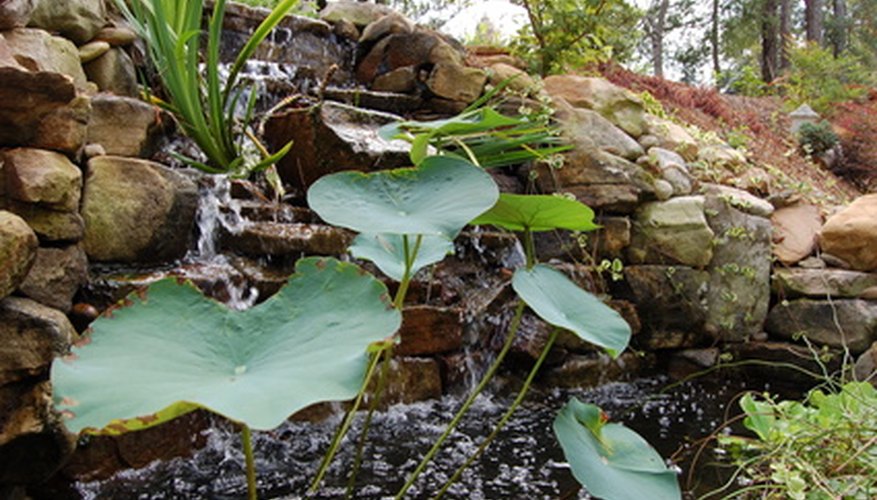Adjusting the flow rate of a pond pump will help you choose the optimal rate of water flow to your pond. Having a suboptimal water flow rate could severely affect the beauty of your pond. Incorrect water flow rates could stir up muck and cause the water to appear cloudy or unclear. The term for this is "turbidity."
- Adjusting the flow rate of a pond pump will help you choose the optimal rate of water flow to your pond.
- Incorrect water flow rates could stir up muck and cause the water to appear cloudy or unclear.
Check your pond pump to see if it includes a flow-adjustment valve or control knob. This will normally be clearly labelled. It will be located on the pump itself.
Adjust the knob up or down until you've achieved your optimal flow rate, if your pump has a control knob.
- Adjust the knob up or down until you've achieved your optimal flow rate, if your pump has a control knob.
Installing a flow-reducing valve on the output of your pump if your pump does'nt have a control knob is worthy of consideration. To do this, you'll need to cut the outlet pipe and splice in a valve. The exact specifications will depend on what kind of pipe you have.
Cut the flexible hose pipe with a utility knife at the output.
Slip the hose over a barbed fitting valve with your hands.
Secure the hose in place with stainless steel hose clamps, by tightening the clamps over the hose with a Philips screwdriver.
Cut your PVC pipe with a hacksaw.
Insert a PVC valve between the pieces of PVC you've cut by slipping it on with your hands.
Secure in place with PVC glue. Let glue harden for 30 minutes.
TIP
In general, a "gate valve" will allow more control over the flow rate than a "ball" valve or "globe" valve.
